Rolling stock • High speed train
Note: For educational purpose only. This page is meant purely as a documentation tool and has no legal effect. It is not a substitute for the official page of the operating company, manufacturer or official institutions. It cannot be used for staff training, which is the responsibility of approved institutions and companies.
High-speed rail emerged as a system in its own right, with the idea, born in Japan in 1964, of a dedicated infrastructure on which dedicated rolling stock would run. Defined in this way, high-speed rail is a segment that runs parallel to the traditional railway, but to which it is closely linked by maintaining the wheel-rail concept and by the ability of the rolling stock to run on the conventional network, albeit at adapted speeds.
Conversely, other forms of propulsion and infrastructure for achieving high speeds have been and are still being studied today, and here we depart from the wheel-rail concept. For the purposes of these pages devoted to high speed, a distinction will therefore be made between :
• conventional high-speed rail/wheel technology, such as the TGV;
• high speed using magnetic levitation technology, such as Maglev;
• high speed in a closed environment using vacuum tubes and magnetic levitation technology, such as Hyperloop.
In the last two cases, the term ‘rail’ may no longer be applicable as such, as there is a major technological departure from the rail/wheel concept.
Conventional high-speed rail/wheel technology, such as the TGV
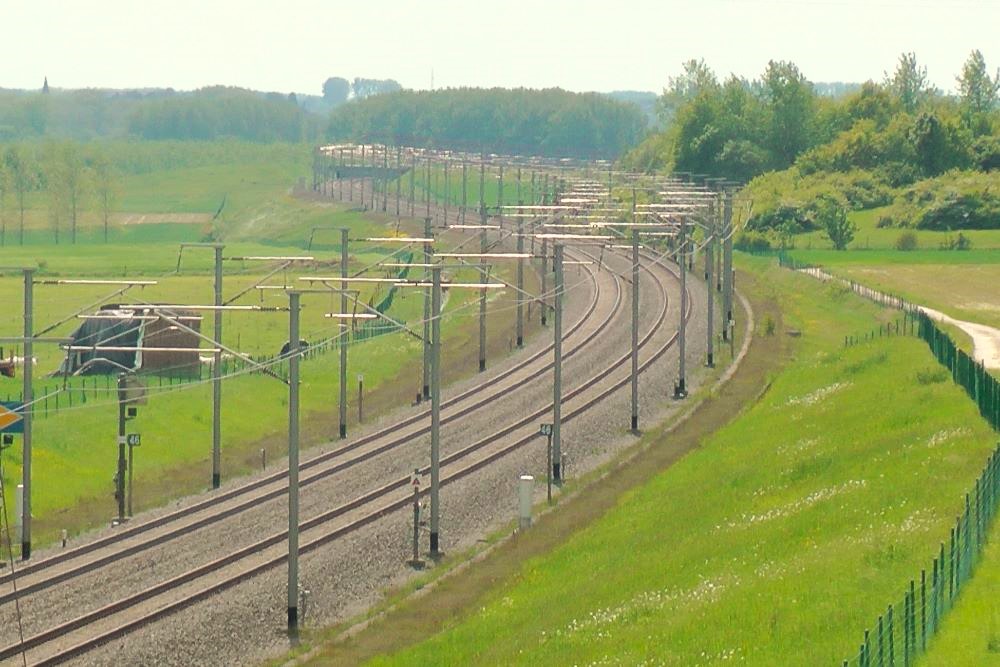
Infrastructure
Unlike the conventional network, high-speed rail requires a dedicated track that can be used at high speeds. To achieve this, the track is specialised:
• How do you choose a HSR line?
• General parameters of the track
• Choice of route
• Power supply
• Signalling
• Engineering structures
• Existing / intermediate stations
• The network by country
• Line maintenancey
• High speed line in France
• High speed line in Germany
• High speed line in Italy
• High speed line in Japan
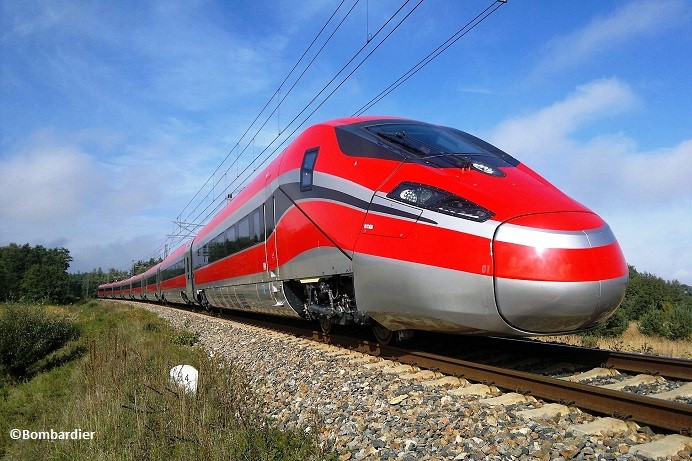
Rolling stock
High-speed rolling stock must be specifically designed for high speeds:
• Rolling stock technology
• Rolling stock by train type
• Rolling stock manufacturers
• Maintenance
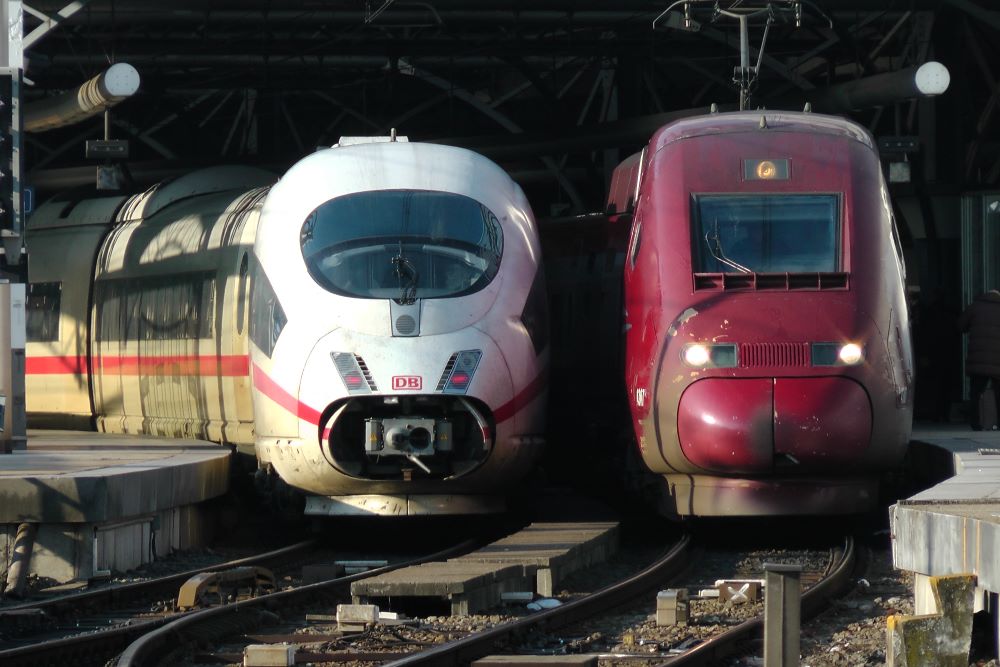
Service
Some networks operate high-speed trains as a separate entity, while others operate them as part of the national service:
• High speed operators
• Scheduling
• Operations, staff and service
• High-speed economics
High-speed Maglev-type magnetic levitation technology

Maglev is a method of transport that uses magnetic levitation to transport vehicles with magnets rather than wheels, axles and bearings. With Maglev, a vehicle is lifted a few centimetres above a guideway, using magnets to create both lift and propulsion.
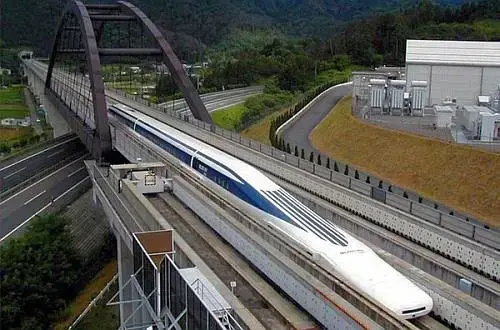
High-speed rolling stock is necessarily specific and cannot be configured to run on a conventional railway network. The vehicles themselves are designed with magnetic levitation propulsion.
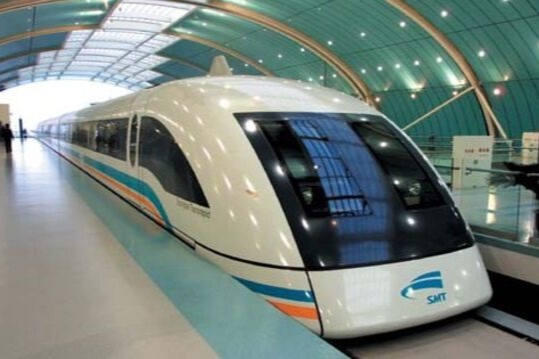
To date, there are few commercial services in the world, and all the networks in service are in Asia:
• China
• South Korea
• Japan (under construction)
Disruptive high speed, magnetic levitation or vacuum tubes
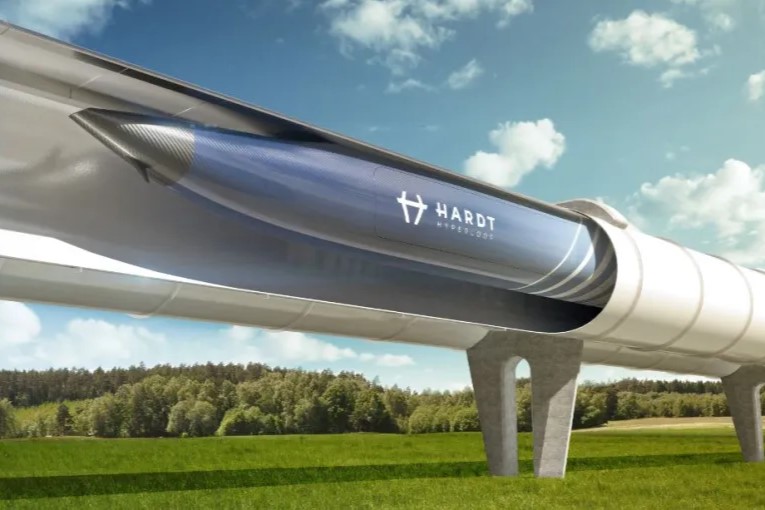
Hyperloop is an industrial research project proposed by billionaire Elon Musk in July 2012, involving capsules travelling in a vacuum tube. The lines are made up of two tubes on stilts. In 2020, apart from test sites, there were still no lines actually being tested.

The rolling stock is still non-existent or on a mock-up scale. It is being studied as part of the Hyperloop Pod Competition, an international competition bringing together a number of leading universities to design the concept for future capsules.

Train services have not yet been introduced and are still under study.
The European Union’s Technical Specifications for Interoperability
A Technical Specification for Interoperability (abbreviated as TSI) is a text provided for in a European directive and adopted by the European Parliament and the Council of the European Union relating to the interoperability of the European rail system in accordance with the ordinary legislative procedure.
Historically, the first TSIs were derived from Directive 96/48/EC, followed by Directive 2008/57/EC. Since the previous TSIs had been substantially amended several times, it was appropriate, in the interests of clarity, to recast them to produce the current directive 2016/797/EC.
The TSIs have been prepared with a view to enabling the safe and seamless operation of interoperable high-speed trains, in compliance with the essential requirements laid down in the directive from which they derive. They have been drafted by the European Railway Agency on behalf of the European Commission. The working group set up includes members of the national safety authorities and members of organisations representing the sector.
Furthermore, with Directive 2016/797/EC, Europe has merged the ‘High Speed’ package with the TSIs for conventional trains. This explains why we have gone from 5 to 8 sub-systems, each with its own TSI:
• Infrastructure ;
• Energy and Traction ;
• Control command and ground signalling ;
• Control command and onboard signalling ;
• Rolling stock ;
• Traffic management ;
• Maintenance ;
• Telematics applications for passenger and freight services.
The European Railway Agency keeps all this legislation up-to-date 🟧
——————————————————————————————————————————————————————————————-
